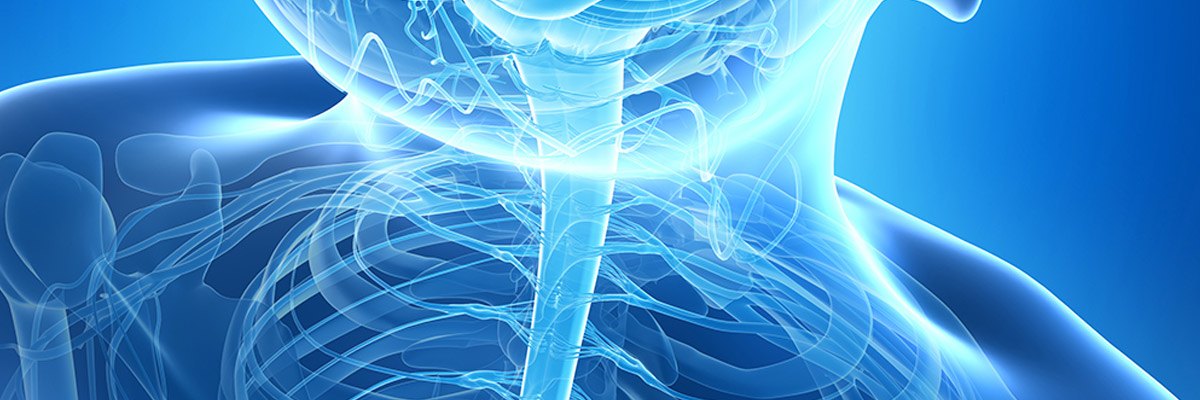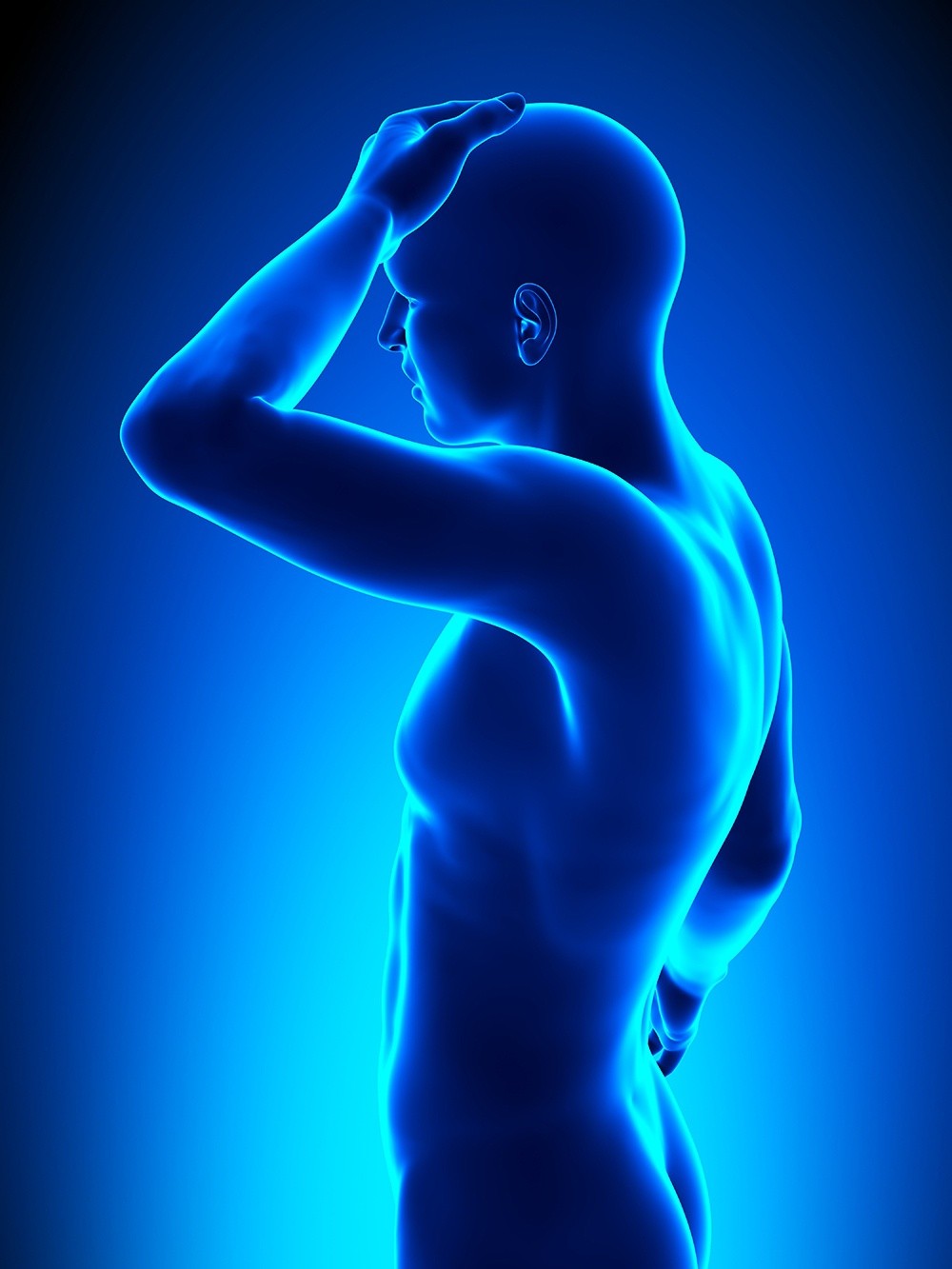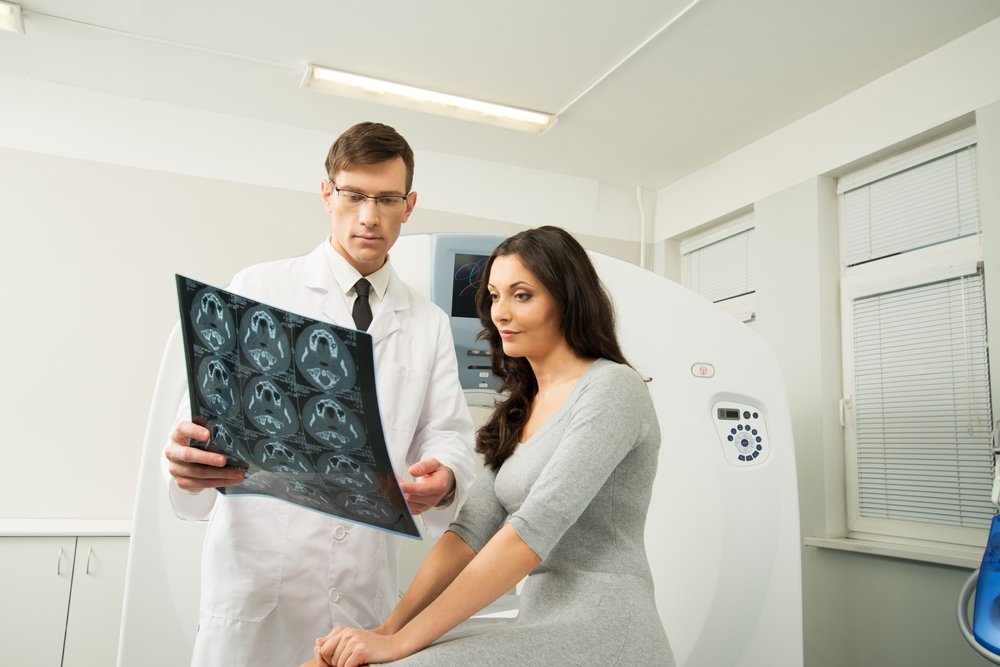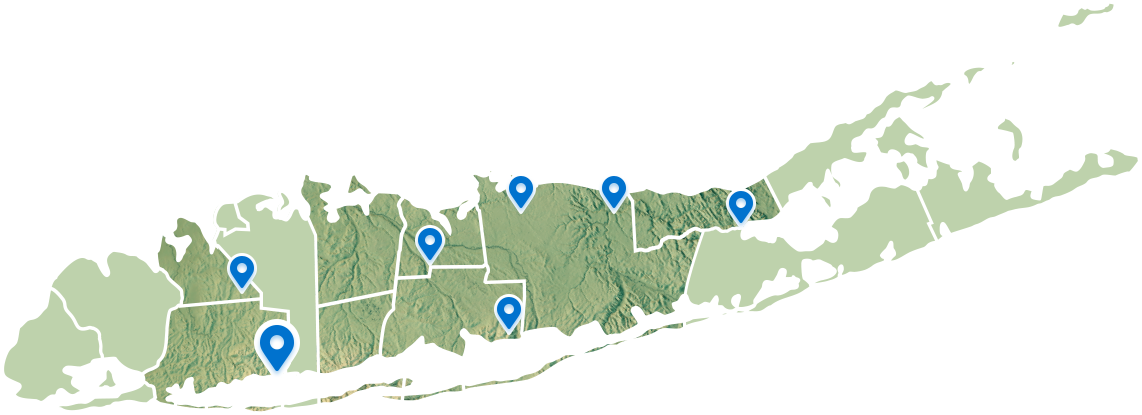- PATIENT FORMS | REQUEST A CONSULTATION | CONTACT US
- 1-844-NSPC-DOC
Post-Stroke Pain

What Is Post-Stroke Pain?
Take ActionPost-Stroke Pain Symptoms
This post-stroke syndrome may have sporadic, severe pain or chronic, persistent pain. Symptoms may not show up immediately after a stroke; it can be days, months or years later before they develop:
- pain may be isolateral (on one side of the body)
- involuntary muscle spasms
- loss of sensation or strange sensations such as increased sensitivity to touch
- “pins and needles,” sharp or stabbing pain or numbness
- muscle weakness
This pain can interfere with post-stroke rehabilitation and can be a contributor to post-stroke depression.
Diagnosing central post-stroke pain can be difficult, especially for those unfamiliar with the condition. Some symptoms such as facial pain after stroke could be related to other conditions such as damage to the trigeminal nerve, which may or may not have been caused by a stroke.

Treatments for Post-Stroke Pain
Pain management can be challenging; narcotic painkillers may be tried but often have mixed results. Newer medications such as Neurontin and Lyrica are sometimes prescribed for pain relief.
Physical therapy may also help with pain management.
Motor cortex stimulation—This modern therapy may help alleviate pain in patients when medications and other treatments don’t work. Motor cortex stimulation (MCS) involves placing electrodes on the surface of the brain and administering an electrical stimulus to the primary motor cortex.
This procedure is usually performed in two separate operations:
- Computer-aided neuro-navigation techniques and magnetic resonance imaging (MRI) images are used to guide the implantation of electrode(s) on the surface of the brain.
- A second operation is performed for implantation of a neurostimulator if stimulation of the motor cortex is successful in alleviating the patient’s pain. The neurostimulator is placed subcutaneously near the clavicle and is connected to the electrode(s). An external radio transmitter is used to adjust the electrical impulses depending on the level of pain.
Deep brain stimulation—Although similar to the MCS procedure, with deep brain stimulation (DBS) the neurosurgeon places electrodes into deeper regions of the brain responsible for the generation or perpetuation of pain, instead of on the surface of the brain.
This procedure also usually has two surgery stages:
- One of our board-certified surgeons drills tiny holes into the patient’s skull. Tiny electrodes are precisely inserted into the brain.
- The neurostimulator delivers electrical stimulation directly to the targeted portion of the brain. A short time after, a battery is implanted within the chest wall.
Both MCS and DBS may significantly improve pain symptoms in some patients. The premier neurospecialists at our Long Island offices can discuss post-stroke syndrome treatment options with you. The expert neurosurgeons at NSPC in the New York area provide state-of-the-art surgical options for brain and spine conditions.

Related NSPC Center
Long Island Brain and Spine Tumor Center
NSPC provides state-of-the-art treatment of benign and malignant brain and spine tumors, using minimally invasive procedures like Gamma Knife®, Novalis TX™, and CyberKnife® rather than major surgery whenever appropriate. Our physicians also perform experienced pediatric neurosurgery — they give personalized, individual attention combined with knowledge and experience to take on the most challenging of cases.
Connect With Our 7 Convenient Locations
across Long Island, NY
Our expert physicians, surgeons and doctors are ready to serve you at our 7 convenient locations across Long Island, NY. Connect today to learn how our award winning, world class experts can help.
4250 Hempstead Turnpike Suite 4,
Bethpage, NY 11714
(516) 605-2720
COMMACK
353 Veterans Memorial Hwy,
Commack, NY 11725
(631) 864-3900
One Hollow Lane, Suite 212
Lake Success, NY 11042
(516) 442-2250
MANHATTAN
215 E. 77th Street Ground Floor
New York, NY 10075
(646) 809-4719
EAST SETAUKET
226 North Belle Mead Road, Suite C
East Setauket, NY 11733
(631) 828-3001
100 Merrick Road, Suite 128W
Rockville Centre, NY 11570
(516) 255-9031
WEST ISLIP
500 Montauk Hwy
West Islip, NY 11795
(631) 983-8400
World
Class
Expertise
For over 50 years & 350,000 patients NSPC has been a trusted global medical leader.
Contact us today for an appointment or consultation.
